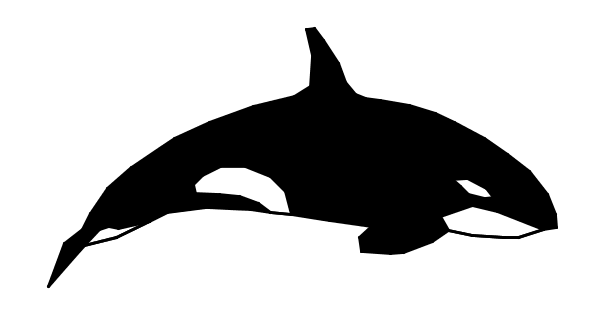SectionB.4Trapezoid
A trapezoid is a quadrilateral (\(4\)-sided polygon) with one and only one pair of parallel bases with different dimensions.
We will use the following figure to derive a trapezoid's area formula:
We can see two copies of the same trapezoid can form a parallelogram with the same height. The parallelogram's base is the sum of the trapezoid's two bases. Since a parallelogram's area formula is "base times height", we have:
\begin{equation*} \text{Trapezoid Area}=\frac{1}{2}(b_1+b_2)h \end{equation*}where \(b_1\) and \(b_2\) stand for a trapezoid's two bases, and \(h\) for its height.
